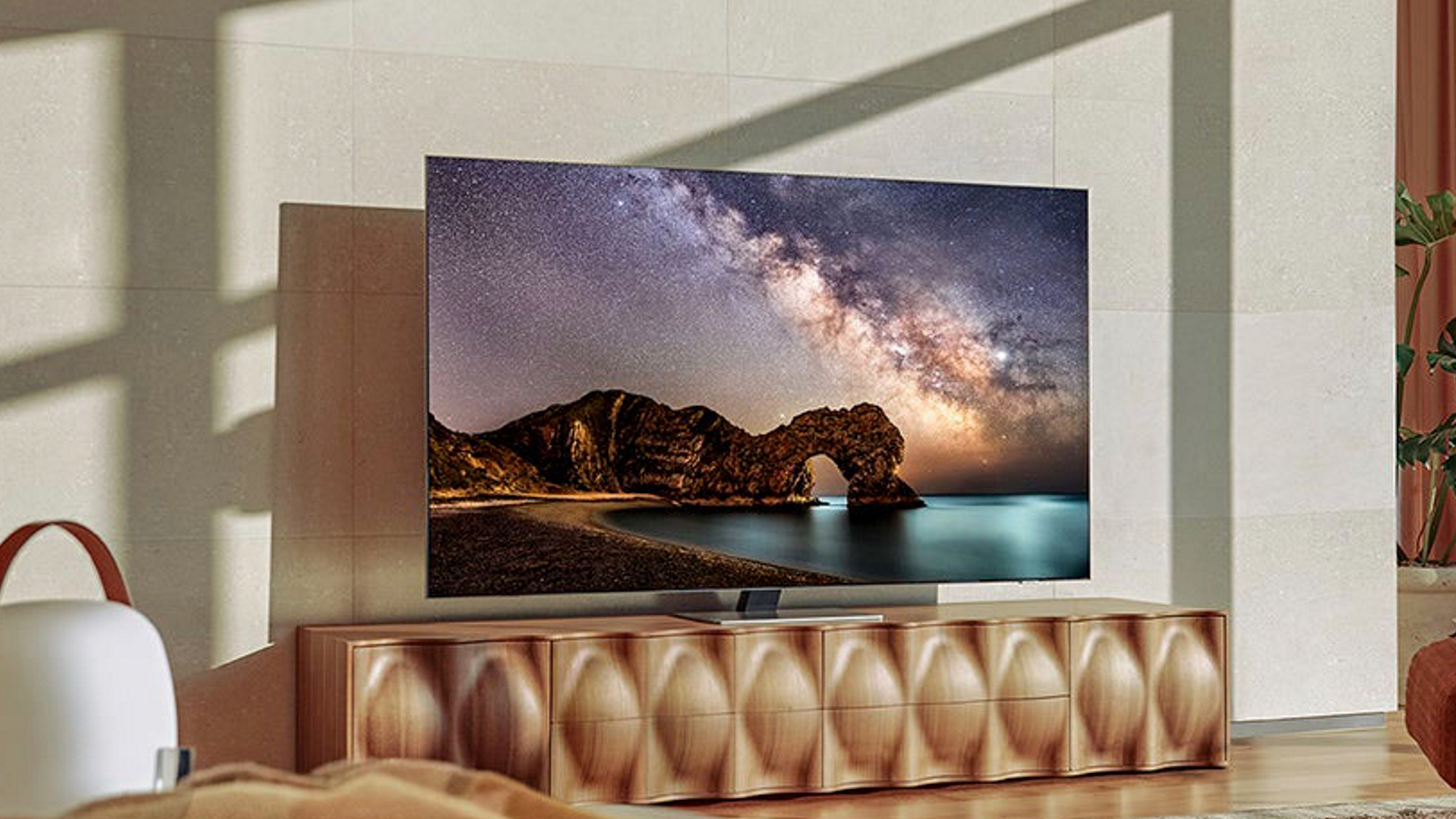
If you have been reading about televisions lately, you've probably encountered enthusiastic praise for something called Mini LED. Mini LED has been around since around 2021, but it is now gaining significant traction. Major brands like Sony, LG, and Samsung have all developed their own versions of Mini LED panels for their TVs, and it seems to be on track to surpass OLED as the leading technology.
In this article, we will compare OLED to its newest competitor to determine which is the better choice based on performance, availability, pricing, and more. If you want to find out which brands currently offer the best products, you can check out our guide to the best TV brands. If you're interested in similar comparisons, you can also explore our QLED vs. OLED explainer.
Mini LED vs OLED: What's the difference?
• Better control of brightness, blacks, and colors
• Not as precise as OLED
Mini LEDs, also known as Neo QLED for Samsung or QNED for LG, are smaller light-emitting diodes that form the backlight for an LCD TV. They promise better control of brightness, improving the screen's blacks and colors. While they are seen as an alternative to OLED rather than an improvement, companies like Apple have started adopting them, signaling a potential rise in popularity. Although OLED technology still offers more precise lighting and contrast, the adoption of Mini LEDs by major companies suggests a promising future for this technology as a viable option in the display industry.
• Superior image quality, pure blacks, and contrast
• Higher initial cost
OLED is widely recognized for its superior quality and is often associated with high-end TVs. While initially pricey, the cost has decreased with increased availability. Unlike traditional LCDs, OLED panels feature self-lighting diodes, enhancing image quality, pure blacks, and exceptional contrast. This technology also offers greater control over lighting in different areas of the screen. Additionally, OLED TVs boast a higher refresh rate, making them ideal for fast-paced content such as sports, action movies, and gaming.
Mini LED vs OLED: How much do they cost?
A big consideration when comparing Mini LED and OLED is pricing. The latter is traditionally more expensive than traditional LCD TVs, but the arrival of Mini LED across the major brands has complicated this.
• High quality at a relatively affordable price point
• Premium models are still expensive
Mini-LED TVs have gained popularity due to their balance of cost and high-quality display technology. The pricing has gradually decreased, with entry-level models from TCL and Hisense starting at $700 for a 55-inch model, providing 4K resolution and smart features. Mid-range options from Samsung and LG are priced around $1,200 to $1,500 for a 55-inch model, offering better contrast ratios and color accuracy. Premium models from Samsung's QLED range or LG's QNED line start at around $2,500 for a 65-inch model, featuring top-of-the-line features like 8K resolution and advanced sound systems.
• OLED TVs are now more accessible
• Premium models priced at $20,000 or more
The OLED TV market has evolved significantly in pricing in recent years. Initially considered a luxury technology with high prices to match, OLED TVs are now more accessible due to advancements in manufacturing processes and increased market competition. The price range for OLED TVs is vast, catering to various budget brackets. Entry-level models from brands like Vizio and Hisense start as low as $900 for a 55-inch model. Mid-range options from LG and Sony offer 55-inch OLED models for around $1,500, while high-end models can reach up to $3,000 for a 65-inch model. LG's rollable and transparent OLED TVs are priced at a premium, around $20,000 or more.
Mini LED vs OLED: Our verdict
- Winner: OLED
While Mini LED technology is gaining attention due to investments from companies like Apple, OLED is currently the superior technology. Although OLED has drawbacks, such as the potential for burn-in, its self-lighting pixels help achieve a much better image than traditional LCD panels. Although Mini LEDs do improve upon standard LED technology, they do not offer the same overall benefits as OLED. However, OLED TVs are generally more expensive, and those seeking the best 8K TV will find a wider selection of Mini LED TVs compared to OLED.







